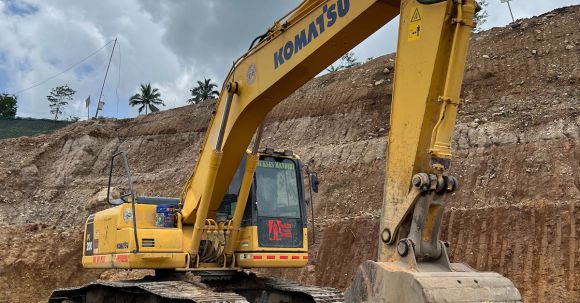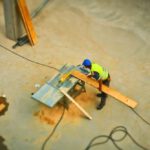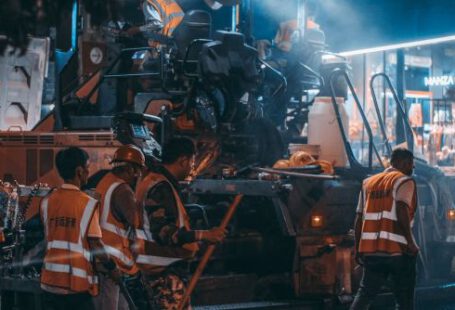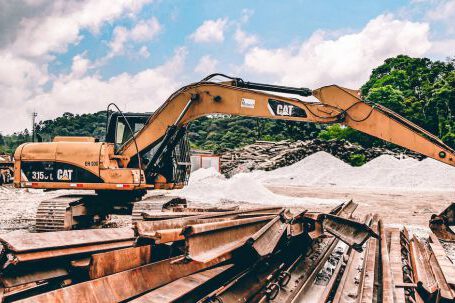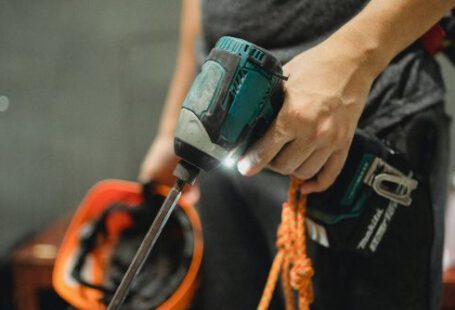The earthmoving machinery industry has seen a huge increase in the number of products and services over the past decade, and this trend is likely to continue into the future. With the emergence of new technologies such as automated systems and electric-powered machines, the industry is rapidly changing and evolving. In this article, we will take a look at some of the trends that are expected to shape the future of earthmoving machinery and discuss the potential implications of these trends for the industry.
Autonomous Technologies
One of the most significant trends in the earthmoving machinery industry is the development of autonomous technologies. Autonomous machinery is capable of operating without any human intervention, and it is expected to become more prevalent in the industry in the coming years. This technology is likely to reduce the need for manual labor and increase the efficiency of operations. Additionally, autonomous machines are expected to be more cost-effective than traditional manual labor.
The introduction of autonomous technologies could also lead to an increase in safety. Autonomous machines are expected to be able to detect and respond to potential hazards more quickly and accurately than humans. This could lead to fewer accidents and injuries in the workplace.
Electric-Powered Machines
Another trend that is expected to shape the future of earthmoving machinery is the development of electric-powered machines. These machines are powered by electricity, rather than fuel, and they are becoming increasingly popular in the industry. Electric-powered machines are expected to be more energy-efficient than traditional fuel-powered machines, and they are also expected to reduce emissions and improve air quality.
Additionally, electric-powered machines are expected to be more cost-efficient than traditional fuel-powered machines. This could result in significant cost savings for businesses in the industry.
Data-Driven Machines
Data-driven machines are expected to become increasingly prevalent in the earthmoving machinery industry. These machines are able to collect and analyze data in real-time, and this data can be used to improve efficiency, accuracy, and productivity. Additionally, data-driven machines are expected to reduce the need for manual labor, as they can take on more complex tasks than humans.
Furthermore, data-driven machines are expected to enable businesses to make more informed decisions. This could lead to improved operational efficiency and better customer service.
Robotics
Robotics is another technology that is likely to become more widely used in the earthmoving machinery industry. Robotics is expected to enable machines to take on more complex tasks than humans, and it could also reduce the need for manual labor. Additionally, robotics could improve safety and accuracy in the workplace.
AI and Machine Learning
The development of artificial intelligence (AI) and machine learning is expected to have a significant impact on the earthmoving machinery industry. AI and machine learning can be used to automate tasks and improve operational efficiency. Additionally, they can be used to gather and analyze data to help businesses make better decisions.
Conclusion
The future of earthmoving machinery is likely to be shaped by a number of different trends. Autonomous technologies, electric-powered machines, data-driven machines, robotics, and AI and machine learning are all expected to play a role in the development of the industry. These trends are likely to lead to improved efficiency, safety, and cost savings for businesses in the industry.

